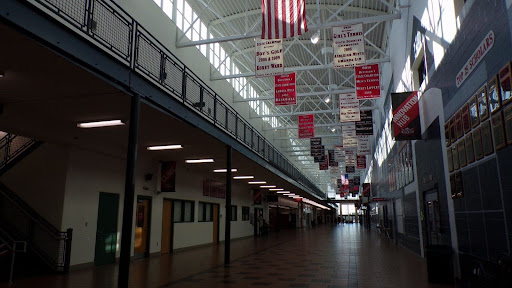
Flexible seating is a developing idea in the learning community. Each teacher has their own opinion and ideas on flexible seating. The way each classroom looks depends on how teachers manage and organize their classrooms. Depending on how well teachers can execute this, flexible seating has increased engagement in classes, higher grades, and more involved conversations. However, flexible seating does have some negatives, but overall the improvement in the quality of learning is worth these obstacles.
Many students have different environments that they prefer to work in. With flexible seating, students have different options to suit their needs. “Students tend to develop their preferences at a young age which makes flexible seating suitable for any age and environment,” says Emelina Minero, an educational journalist, “Evolving the classroom space to meet students’ individual needs impacts how they learn, how they interact, and the entire classroom experience”. Students tend to feel more comfortable when their learning environment is inclusive and aware of everyone’s needs.
One challenge of flexible seating is making sure the students who need certain accommodations, such as preferential seating for many different reasons, like sight impediments, get the seating they need. Jodi, a National Board-certified teacher, says, “Preferential seating means that a student’s seat is placed in a location that is most beneficial for their learning in the classroom”. Along with preferential seating, safety should also be a priority. Teachers have to make sure that students are respecting the rules when it comes to seating arrangements. Another benefit to this type of seating is that it gets students moving around more, which can get them more involved with other students. This fact also makes group work easier and more applicable in the classroom.
Flexible seating can be pretty expensive, so if a teacher plans to incorporate it, they should try to find ways to save money. For example, they could choose the seating themselves, ask for donations, or reuse old seating. Flexible seating still isn’t seen very much, even though it has proved to improve the quality of learning in students’ lives. All in all, flexible seating has many different benefits, each designed to fit individual classrooms.












